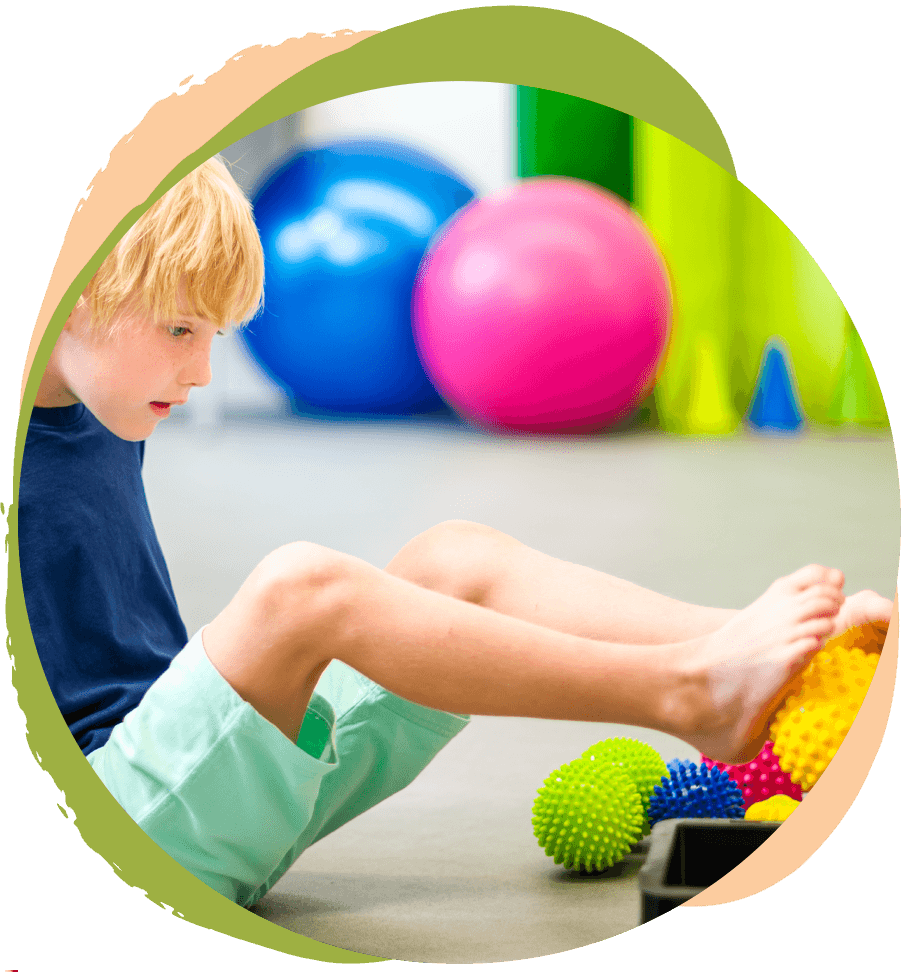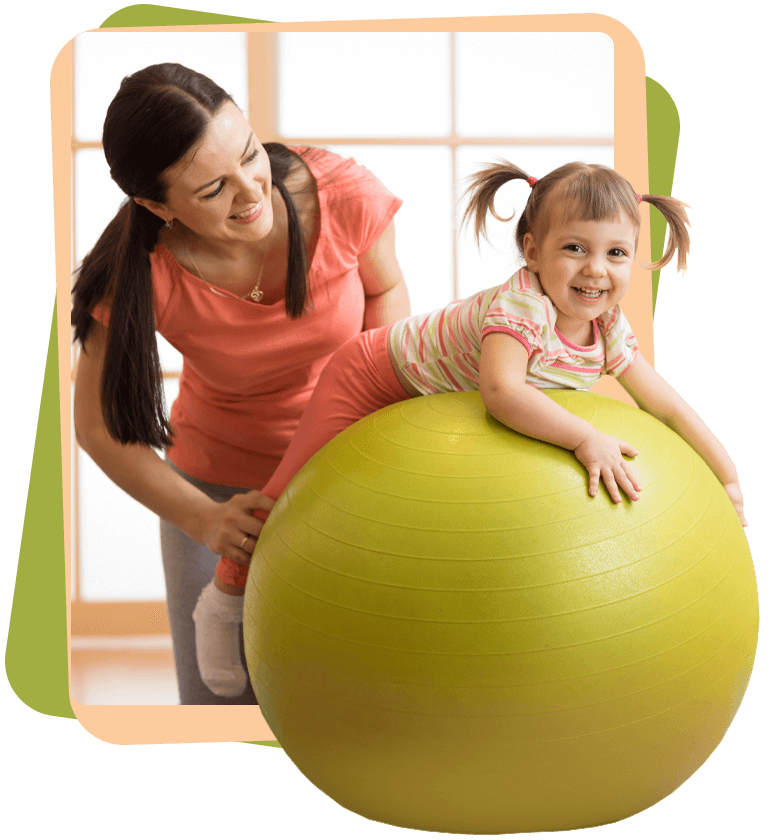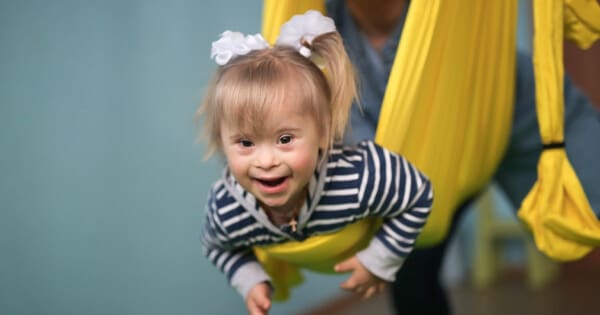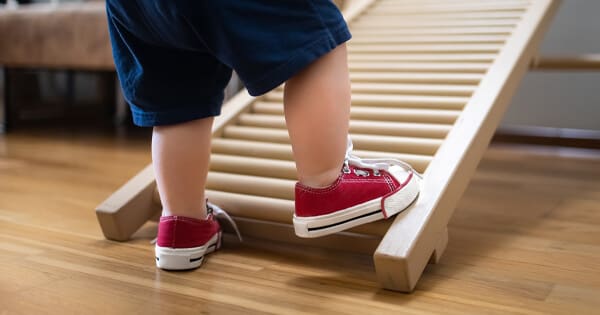Sensory Motor Integration
Sensory motor integration refers to the process by which the brain and body work together to interpret sensory information and respond with appropriate motor actions. It is essential for coordinating movement, maintaining balance, and effectively interacting with the environment.
Free Consultation


Why Is Sensory Motor Integration Important?
Sensory motor integration is a critical aspect of a child's development and involves the visual, vestibular, and proprioceptive systems. It affects everything from basic movement to complex motor skills and is important because it:
Signs of Challenges
Children with sensory motor integration difficulties may exhibit:
- Clumsiness or frequent stumbling and falling
- Avoidance of physical activities that require coordination, like jumping or climbing
- Over- or under-reacting to sensory input, such as being overly sensitive to touch or seeking excessive movement
- Difficulty following multi-step directions due to challenges with motor planning
- Poor posture or difficulty maintaining balance
We Love Helping Families Just Like Yours
Learn how our therapy services can support your child's gross motor development. Reach out to our team to schedule an evaluation today!
Take the First Step Toward Your Child’s Success!
"*" indicates required fields
How Physical Therapy Can Help
At Chicago Kids Therapy, our physical therapists use a variety of strategies to improve sensory motor integration, helping children develop the skills needed to navigate their world effectively. Therapy is tailored to each child's unique needs and may include:
Don’t Wait to Get the Care Your Family Needs
Our goal is to create a supportive and engaging environment where children can explore and improve their sensory motor integration skills. By addressing these challenges, we help children gain confidence, enhance their motor abilities, and achieve greater independence in their daily lives.
Contact Us
Frequently Asked Questions





